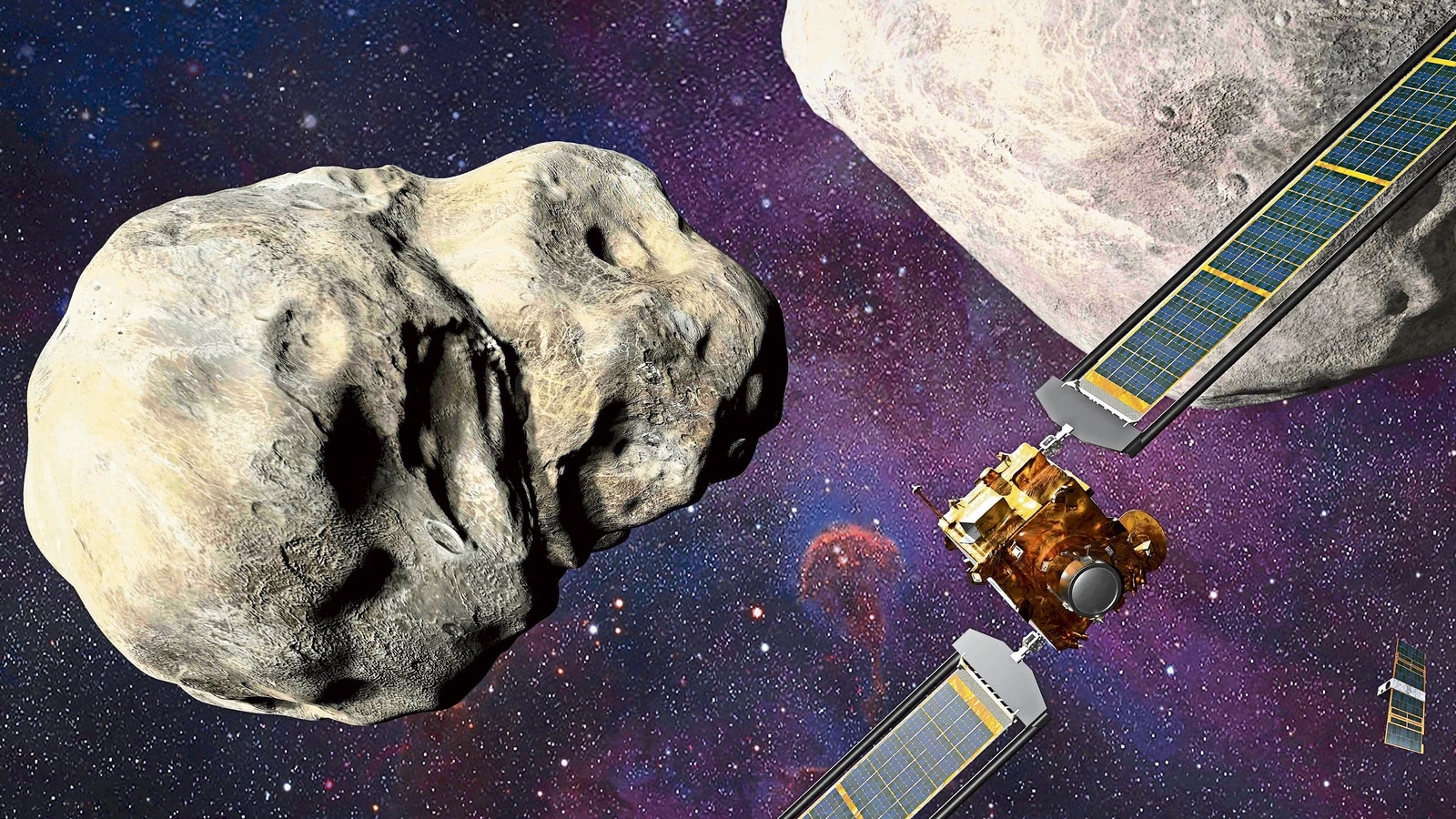New truths emerge from Asteroid collisions and Mars craters: Study
Collision of asteroids that formed impact craters on Mars, has been consistent over the past 600 million years.
A new research led by New Curtin University, confirmed that the frequency of asteroid collisions that formed impact craters on Mars, has been consistent over the past 600 million years. The study, which was published in ‘Earth and Planetary Science Letters’, analysed the formation of more than 500 large craters on Mars using a crater detection algorithm previously developed at Curtin, which automatically counts the visible impact craters from a high-resolution image.
Despite previous studies suggesting spikes in the frequency of asteroid collisions, lead researcher Dr Anthony Lagain, from Curtin’s School of Earth and Planetary Sciences, said his research had found that they did not vary much at all for many millions of years.
Dr Lagain said, counting impact craters on a planetary surface was the only way to accurately date geological events, such as canyons, rivers and volcanoes, and to predict when, and how big, future collisions would be.
“On Earth, the erosion of plate tectonics erases the history of our planet. Studying planetary bodies of our Solar System that still conserve their early geological history, such as Mars, helps us to understand the evolution of our planet,” Dr Lagain said.
“The crater detection algorithm provides us with a thorough understanding of the formation of impact craters including their size and quantity, and the timing and frequency of the asteroid collisions that made them.”
Dr Lagain also added that past studies had suggested that there was a spike in the timing and frequency of asteroid collisions due to the production of debris.
“When big bodies smash into each other, they break into pieces or debris, which is thought to have an effect on the creation of impact craters,” he said.
“Our study shows it is unlikely that debris resulted in any changes to the formation of impact craters on planetary surfaces.”
Co-author and leader of the team that created the algorithm, Professor Gretchen Benedix, said the algorithm could also be adapted to work on other planetary surfaces, including the Moon.
“The formation of thousands of lunar craters can now be dated automatically, and their formation frequency analysed at a higher resolution to investigate their evolution,” Professor Benedix said.
“This will provide us with valuable information that could have future practical applications in nature preservation and agriculture, such as the detection of bushfires and classifying land use.”
For all the latest Technology News Click Here

